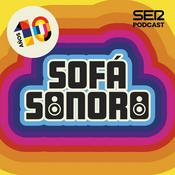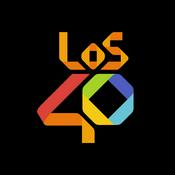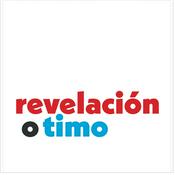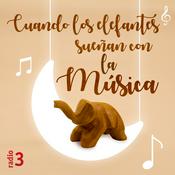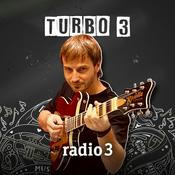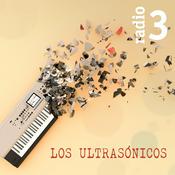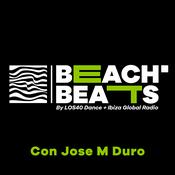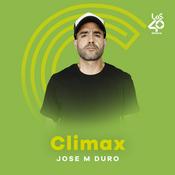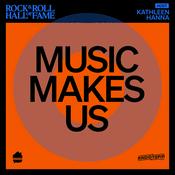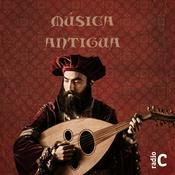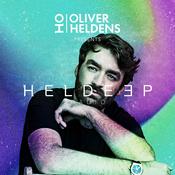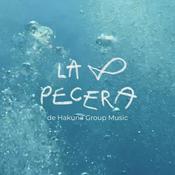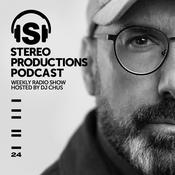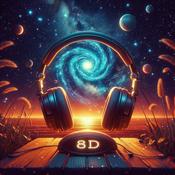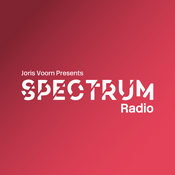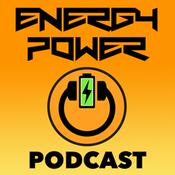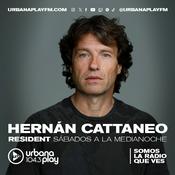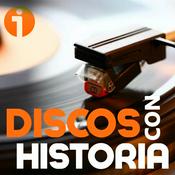193 episodios
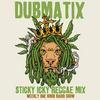
Funk Disco House - Holiday Mix
23/12/2025 | 1 h
This mix leans into disco and modern funk, keeping the groove locked down for 60 minutes. Classic late-70s and early-80s grooves sit comfortably alongside newer edits and remixes that respect the original feel while adding a modern touch. PLAYLIST George Benson – Give Me the Night Enzo Pianzola Mr. Trend – Soul People (Rework 2025 – Nu Club Radio Mix) CHIC – My Forbidden Lover (Dimitri From Paris Remix) Opolopo – Bebeccie’s Theme Diana Ross – Upside Down Change – Sunrise Forever (Michael Gray Remix) [feat. Tanya Michelle Smith] Urban Blues Project – We Are One (Art of Tones Remix) [feat. Bobby Pruitt] Geraldine Hunt – Can’t Fake the Feeling McFadden & Whitehead – Ain’t No Stoppin’ Us Now Serge Funk – You and I (Radio Edit) Enzo Pianzola Mr. Trend – Disco Biscuit (70’s Mix) Jamiroquai – Canned Heat (Dimitri From Paris Remix Edit) Shakedown – Funky and You Know It (Myd Remix) [feat. Bootsy Collins] Ministers de la Funk – Believe (Kurd Maverick Revamp) [feat. Jocelyn Brown]

Johnny Osbourne - A Voice With Soul
21/12/2025 | 1 h 3 min
Some artists belong to a moment. Johnny Osbourne is part of the evolution of reggae, dating back to the 1960s and the Studio One world, to the raw energy of 1980s dancehall. Osbourne didn’t just adapt to change; he carried his voice through it all while delivering his unique vocal style. Studio One foundations Johnny Osbourne came up at Studio One, and early recordings like “See and Blind” showcase a young vocalist steeped in soul, restraint, and melodic control. Studio One was a label but also a fertile training ground, a boot camp for many young artists over the years, and Osbourne took it all in. By the mid–1970s, Osbourne moved beyond Studio One and began shaping a more personal sound - his tone grew stronger and more street-aware. Tracks like “Truths and Rights” and “Ready or Not” feel like a bridge, still rooted in roots reggae, but miles away from his first Studio One Recordings. When dancehall took over in the early 1980s, many roots singers faded into obscurity. Osbourne didn’t. Instead of fighting the shift, he leaned into it — applying a roots-trained voice to harder, faster riddims. Songs like “Buddy Bye,” “Folly Ranking,” and “No Ice Cream Sound” became sound system staples, built for crowd reaction and rewind culture. It’s been 6 decades since the 77-year-old released his first music, and he is still recording to this day. That is a remarkable career and legacy. PLAYLIST Johnny Osbourne – See and Blind (with The Sensations) Johnny Osbourne – Truths & Rights Johnny Osbourne – Right, Right Time (with Earth, Roots & Water) Johnny Osbourne – Jah Ovah Johnny Osbourne – In the Area Johnny Osbourne – We Need Love Johnny Osbourne – Fally Ranking Johnny Osbourne – Ready or Not Johnny Osbourne – Purify Your Heart Johnny Osbourne – Ice Cream Love Johnny Osbourne – No Lollipop, No Sweet So Johnny Osbourne – Water Pumping Johnny Osbourne – Give a Little Love Johnny Osbourne – Rock and Come In Johnny Osbourne – No Sound Like We Johnny Osbourne – Never Stop Fighting Johnny Osbourne – Buddy Bye

Bass Culture - 90s Dancehall Classics
17/12/2025 | 1 h 4 min
We’re going back to a moment in time during the 90s when you had breakout stars from Jamaica - Shabba Ranks and iNi Kamoze hitting the mainstream charts and rotation on MTV and other music video stations. You also had the mixing of dancehall with hip-hop - Vicious with Doug E Fresh, Supercat, and others. This mix moves between street anthems, radio hits, and club staples. PLAYLIST Beenie Man – Who Am I Buju Banton – Champion Spragga Benz – She Nuh Ready Yet (Hype Up) Chaka Demus & Pliers – Murder She Wrote Shabba Ranks – Trailer Load a Girls Super Cat & Salaam Remi – Ghetto Red Hot (Hip-Hop Remix) Cutty Ranks – Limb By Limb Patra – Queen of the Pack Sanchez – Missing You Super Cat – Don Dada iNi Kamoze – Here Comes the Hotstepper Maxi Priest – Close to You Nadine Sutherland & Terror Fabulous – Action Vicious & Doug E. Fresh – Freaks Lady Saw – If Him Lef Garnett Silk – Zion in a Vision

When Punk Met Reggae in the '70s
14/12/2025 | 1 h
There was a crossroads in the UK during the ’70s, as dub and reggae sound systems were spreading and building a wider audience. By mid-decade, the rise of punk began - a raw, gritty DIY ethos that opened the door for thousands of youth who wanted to play music. Anyone was welcome. Don Letts is well known for helping introduce the sounds of dub and reggae to the punk scene at The Roxy, as both shared a like-minded attitude toward inclusion and anti-establishment values. It was only a matter of time before both styles began to appear in the same songs. This mix pulls together late-’70s and ’80s tracks where punk and reggae came together. PLAYLIST Stiff Little Fingers – Johnny Was The Ruts – Jah War The Clash – Bankrobber Bad Brains – I and I Survive Public Image Ltd. – Careering The Slits – Instant Hit The Members – Offshore Banking Business / Pennies in the Pound The Specials – Little Bitch (2015 Remaster) Generation X – Wild Youth The Police – Peanuts The Stranglers – Nice ’N’ Sleazy X-Ray Spex – Germfree Adolescence The Clash - Rudie Can’t Fail

Deep Crates, Hot Plates - The Jazz Funk Mix
12/12/2025 | 1 h 10 min
This Funk Jazz mix leans hard into the groove, moving between modern jazz-funk burners, deep-pocket classics, and band-driven jams where feel is everything. Tight rhythm sections, loose nimble fingers, letting forth musical consciousness. New cuts sit beside genre classics - let your flow go and dig what’s going on. PLAYLIST Skinny Hightower & Alex Parchment - Red Lights Scary Goldings - Larry Pockets Sam Fribush & Ari Teitel & Adam Deitch - Chester Ari Joshua & Grant Schroff & Delvon Lamarr & Skerik - Audio Bicycle Day Ghost-Note & Eric Gales - Grandma’s Curtains Nick Andre & Jazz Mafia - Concave Herbie Hancock - Chameleon Sam Fribush & Charlie Hunter & Calvin Napper - Ok Boomer Brooklyn Funk Essentials & Anna Brooks & Iwan VanHetten - Miss Mess Redtenbacher’s Funkestra & Tucker Antell - Wiggles Zbonics & Melvin Sparks & Karl Denson - Soul Good George Duke - Au Right The Greyboy Allstars & Fred Wesley - Soul Dream
Más podcasts de Música
Podcasts a la moda de Música
Acerca de Dubmatix Sticky Icky Reggae Mix
Escucha Dubmatix Sticky Icky Reggae Mix, Sofá Sonoro y muchos más podcasts de todo el mundo con la aplicación de radio.es

Descarga la app gratuita: radio.es
- Añadir radios y podcasts a favoritos
- Transmisión por Wi-Fi y Bluetooth
- Carplay & Android Auto compatible
- Muchas otras funciones de la app
Descarga la app gratuita: radio.es
- Añadir radios y podcasts a favoritos
- Transmisión por Wi-Fi y Bluetooth
- Carplay & Android Auto compatible
- Muchas otras funciones de la app


Dubmatix Sticky Icky Reggae Mix
Descarga la app,
Escucha.
